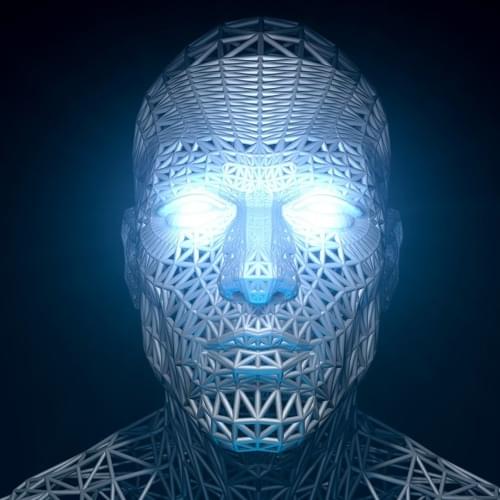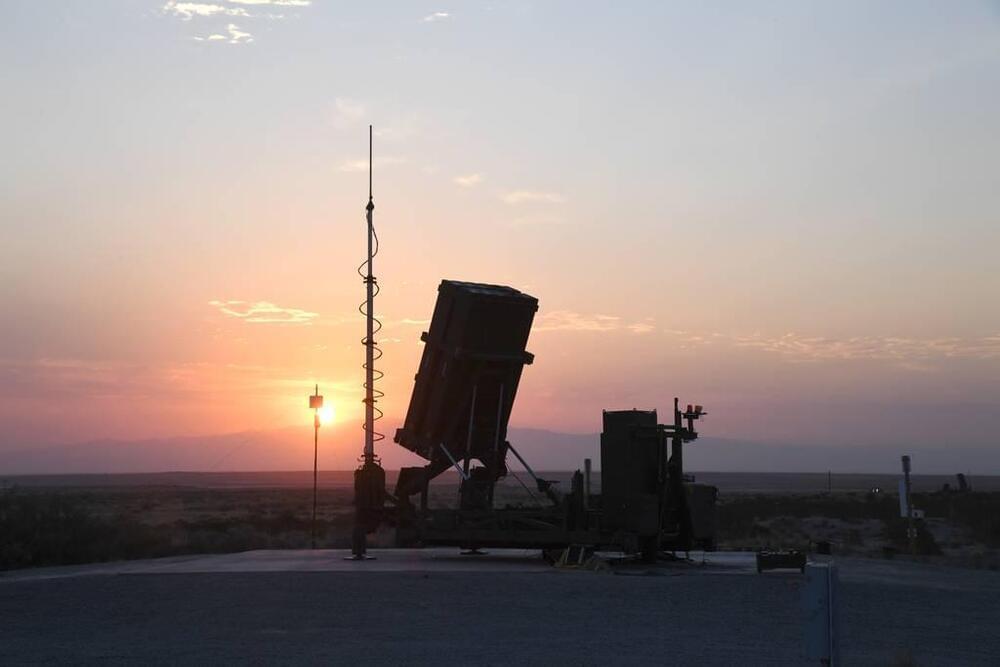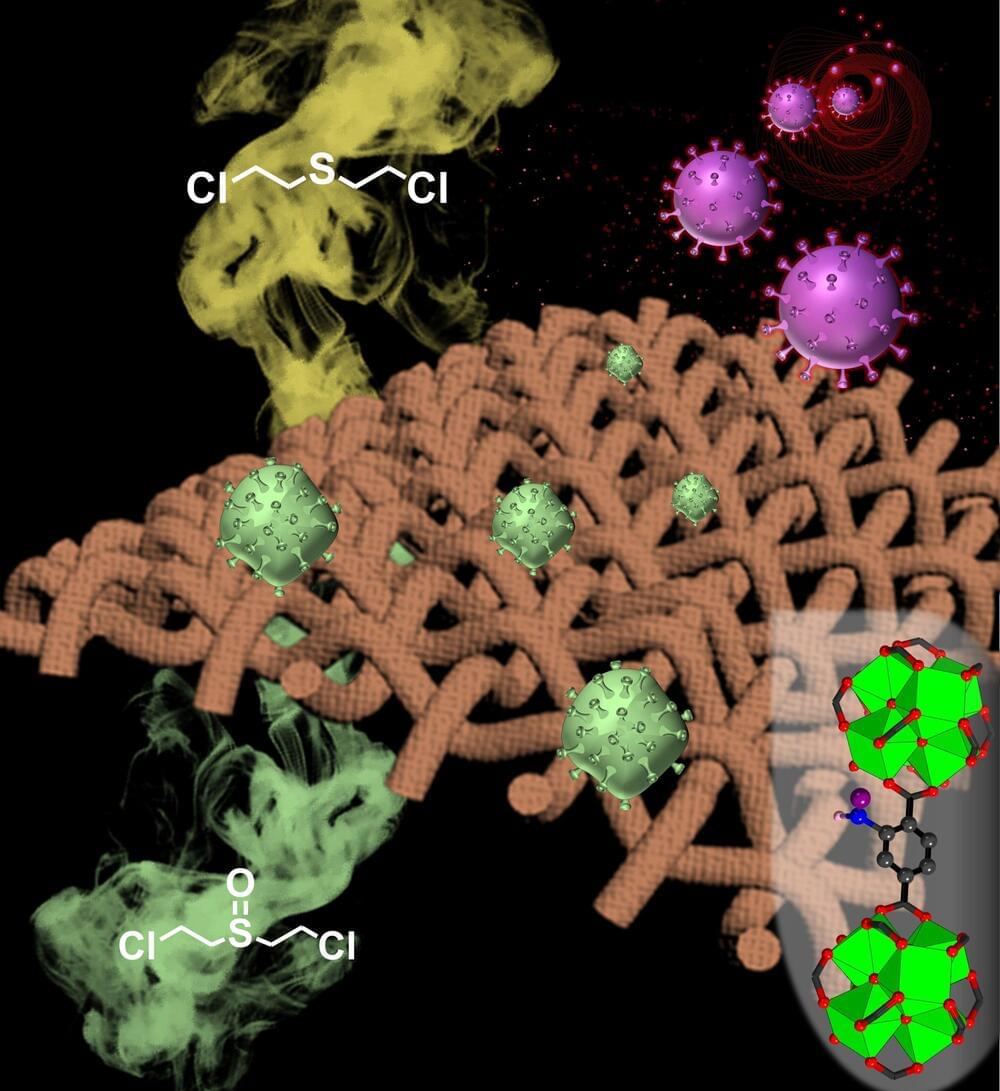
Category: military – Page 127

US Army Funds ‘Sleeping Cap’ To Help Your Brain Clear Out Waste
We’ve all experienced brain fog and the drowsiness that comes with getting too little sleep. But what exactly happens in our brain during sleep that prepares us for another day in the morning? To understand how the brain disposes of so-called “metabolic waste”, teams of researchers are working on a study with $2.8 million funding from the U.S. Army who is looking to combat sleep disorders among the military. The scientists’ ultimate aim is to develop a “sleeping cap” that would analyze how fluids within the brain may be flushing out toxic, memory-impairing proteins while you sleep. The sleeping cap that the researchers aim to create would be lightweight and portable, with the ability to both track and stimulate the flow of the cerebrospinal fluid. In this way, the researchers hope to be able to treat sleeping disorders as they happen. all experienced brain fog and the drowsiness that comes with getting too little sleep. But what exactly happens in our brain during sleep that prepares us for another day in the morning? To understand how the brain disposes of so-called “metabolic waste”, teams of researchers are working on a study with a $2.8 million funding from the U.S. Army who is looking to combat sleep disorders among the military. The scientists’ ultimate aim is to develop a “sleeping cap” that would analyze how fluids within the brain may be flushing out toxic, memory-impairing proteins while you sleep.

Artificial intelligence: ‘The window to act is closing fast’
Artificial intelligence (AI) is a force for good that could play a huge part in solving problems such as climate change. Left unchecked, however, it could undermine democracy, lead to massive social problems and be harnessed for chilling military or terrorist attacks.
That’s the view of Martin Ford, futurist and author of Rule of the Robots, his follow-up to Rise of the Robots, the 2015 New York Times bestseller and winner of the Financial Times/McKinsey Business Book of the Year, which focused on how AI would destroy jobs.
In the new book, Ford, a sci-fi fan, presents two broad movie-based scenarios.

How to Make a Jupiter Brain — A Computer the Size of a Planet
How feasible is it to build a Jupiter brain, a computer the size of a planet? Just in the past few decades, the amount of computational power that’s available to humanity has increased dramatically. Your smartphone is millions of times more powerful than the NASA computers used to send astronauts to the moon on the Apollo 11 mission in 1969. Computers have become integral to our lives, becoming the backbone of our communications, finances, education, art, health care, military, and entertainment. In fact, it would be hard to find an area of our lives that computers didn’t affect.
Now imagine that one day we make a computer that’s the size of an entire planet. And we’re not talking Earth, but larger, a megastructure the size of a gas giant like Jupiter. What would be the implications for humans to operate a computer that size, with an absolutely enormous, virtually limitless, amount of computing power? How would our lives change? One certainly begins to conjure up the transformational effects of having so much oomph, from energy generation to space travel and colonization to a fundamental change in the lifespan and abilities of future humans.
Full Story:

China isn’t the AI juggernaut the West fear
The opening scene of a brief online documentary by Chinese state-run media channel CGTN shows jaywalkers in Shenzhen getting captured on video, identified, and then shamed publicly in real-time. The report is supposed to highlight the country’s prowess in artificial intelligence, yet it reveals a lesser-known truth: China’s AI isn’t so much a tool of world domination as a narrowly deployed means of domestic control.
On paper, the US and China appear neck and neck in artificial intelligence. China leads in the share of journal citations — helped by the fact that it also publishes more while the US is far ahead in the more qualitative metric of cited conference papers, according to a recent report compiled by Stanford University. So while the world’s most populous country is an AI superpower, investors and China watchers shouldn’t put too much stock in the notion that its position is unassailable or that the US is weaker. By miscalculating the others’ abilities, both superpowers risk overestimating their adversary’s strengths and overcompensating in a way that could lead to a Cold War-style AI arms race.

China says it carried out beach landing drills in province opposite Taiwan
BEIJING, Oct 11 (Reuters) — China’s military said on Monday it had carried out beach landing and assault drills in the province directly across the sea from Taiwan, though it did not link the exercises to current tensions with Taipei.
Democratically ruled Taiwan, claimed by China as its own territory, has complained of stepped-up military and political pressure from Beijing to force it to accept Chinese rule, including massed air force incursions into Taiwan’s air defence identification zone. read more
The official People’s Liberation Army Daily newspaper, in a brief report on its Weibo microblogging account, said the drills had been carried out “in recent days” in the southern part of Fujian province.

US has already lost AI fight to China, says ex-Pentagon software chief
The Pentagon’s first chief software officer said he resigned in protest at the slow pace of technological transformation in the US military, and because he could not stand to watch China overtake America.
In his first interview since leaving the post at the Department of Defense a week ago, Nicolas Chaillan told the Financial Times that the failure of the US to respond to Chinese cyber and other threats was putting his children’s future at risk.
Full Story:
Please use the sharing tools found via the share button at the top or side of articles. Copying articles to share with others is a breach of FT.com.

A rare feat: Material protects against both biological and chemical threats
A Northwestern University research team has developed a versatile composite fabric that can deactivate both biological threats, such as the novel coronavirus that causes COVID-19, and chemical threats, such as those used in chemical warfare. A material that is effective against both classes of threats is rare.
The material also is reusable. It can be restored to its original state after the fabric has been exposed to threats by a simple bleach treatment. The promising fabric could be used in face masks and other protective clothing.
“Having a bifunctional material that has the ability to deactivate both chemical and biological toxic agents is crucial since the complexity to integrate multiple materials to do the job is high,” said Northwestern’s Omar Farha, an expert in metal-organic frameworks, or MOFs, which is the basis for the technology.

A New eVTOL Can Fly 200 MPH With the Lightest Electric Powertrain in the World
Vertical Aerospace has already collected somewhere in the region of 1,000 orders for their VA-X4 VTOL craft. This is a piloted electric, low emission eVTOL craft that can carry up to four passengers and a pilot. This air taxi is capable of flying at speeds of 200 mph (174 knots) and has a range of more than 100 miles (160 km).
Being all-electric, it is near-silent during flight, offers a low-carbon solution to flying, and has a relatively low cost per passenger mile.
Vertical Aerospace’s VA-X4 also makes use of the latest in advanced avionics — some of which are used to control the world’s only supersonic VTOL aircraft, the F-35 fighter. Such sophisticated control systems enable the eVTOL tax to fly with some high level of automation and reduced pilot workload.